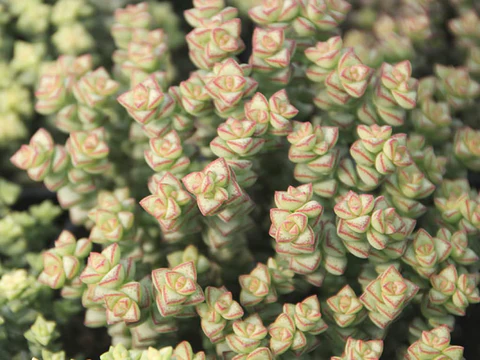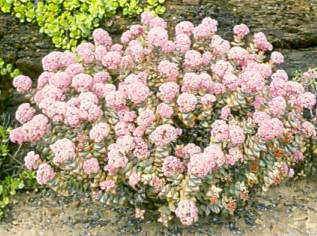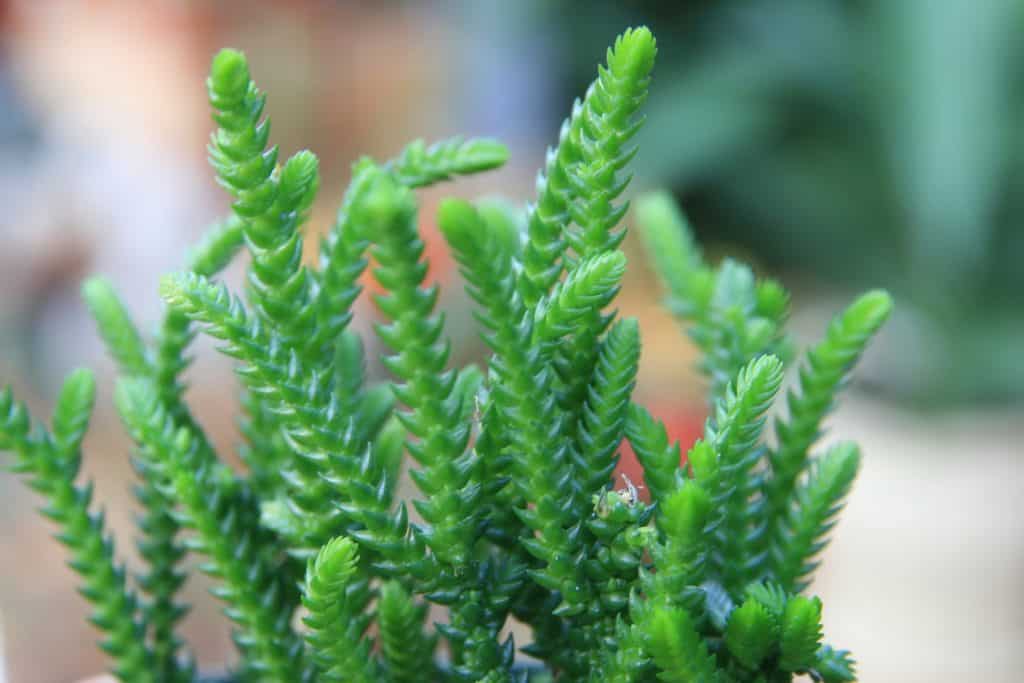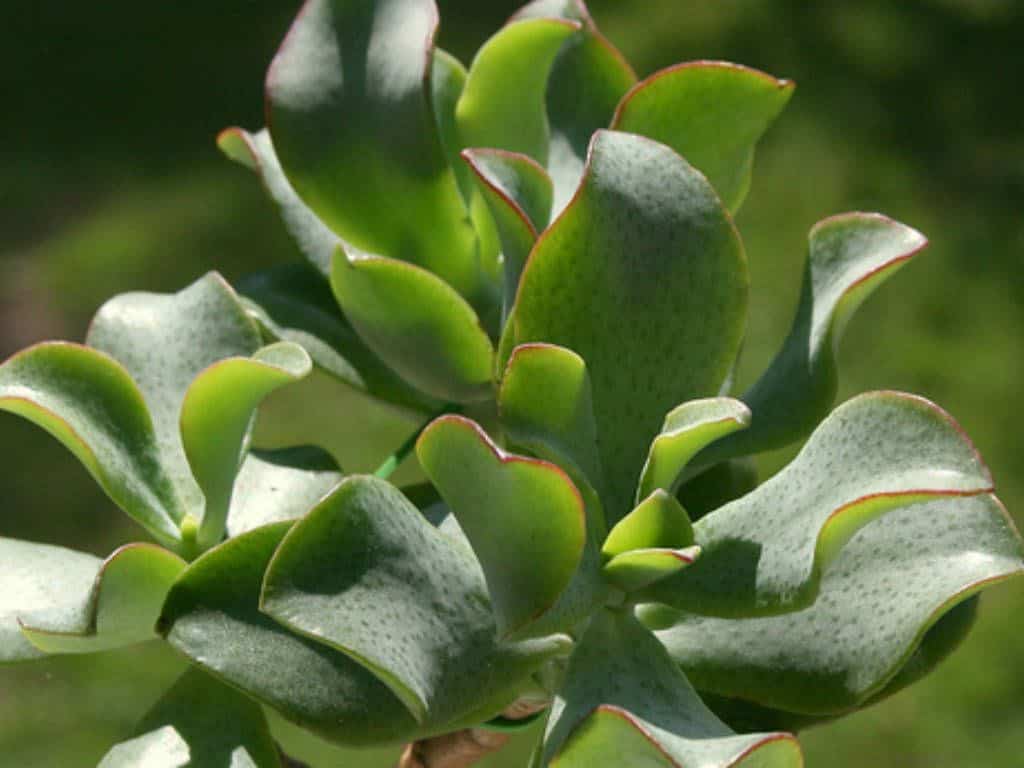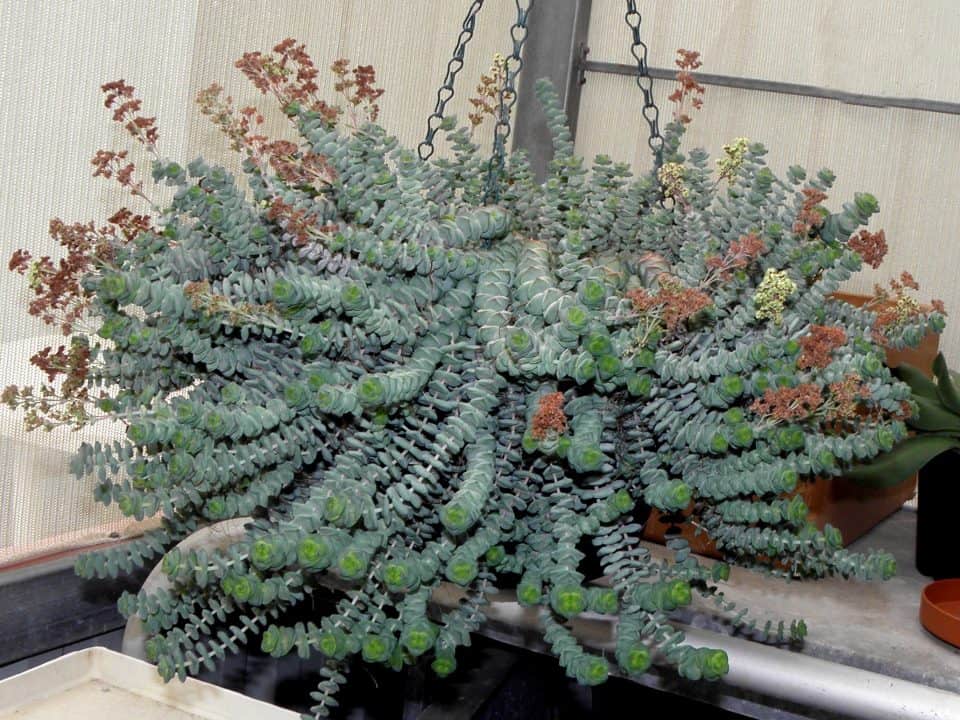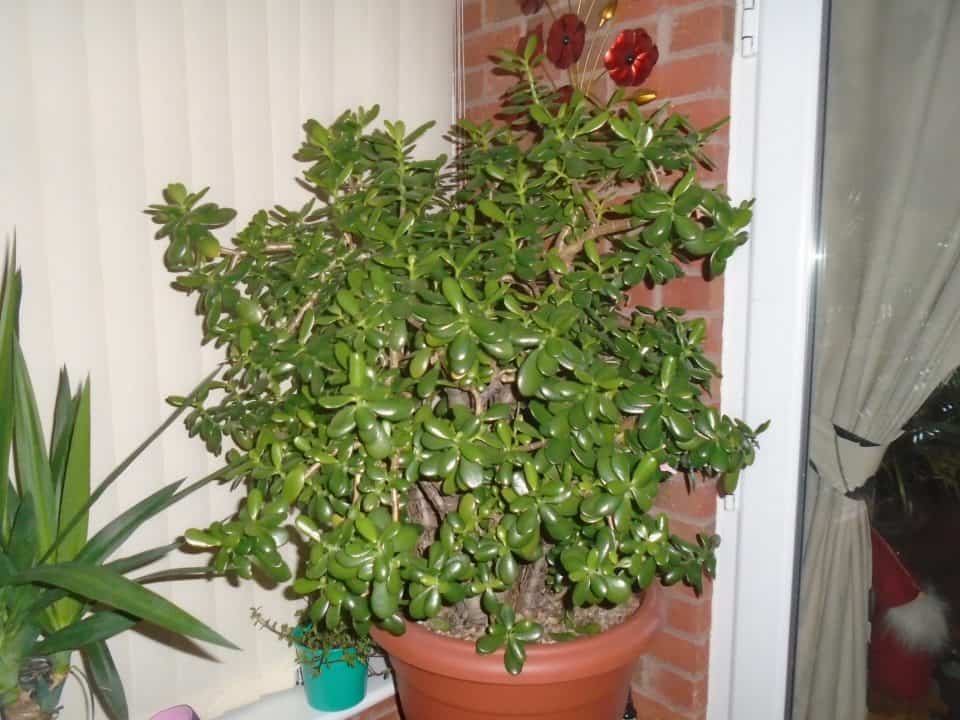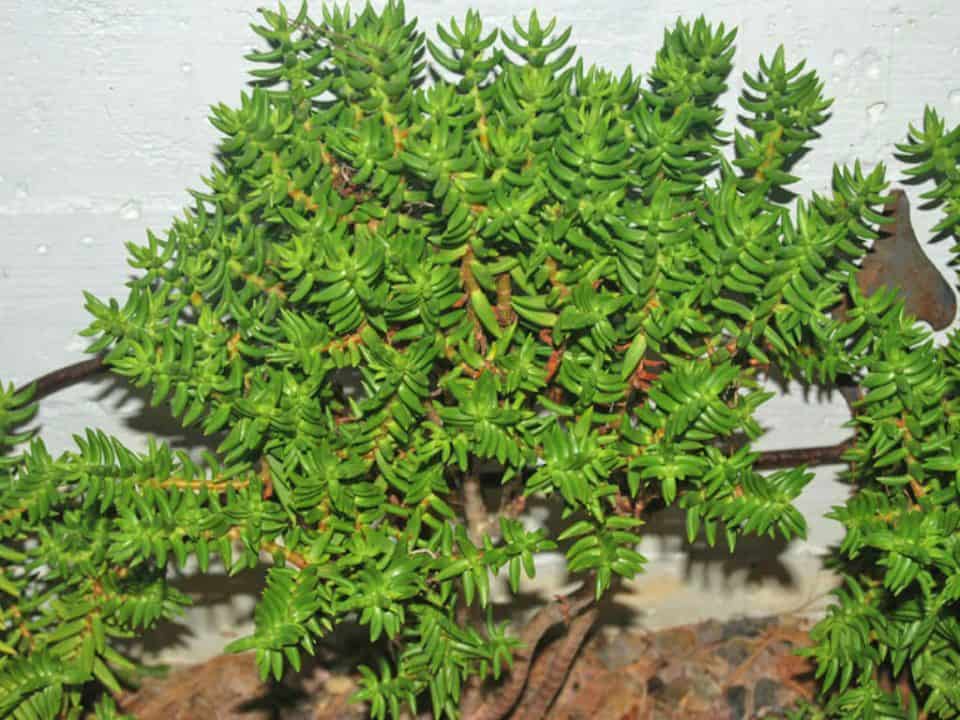Crassula tom thumb succulent care can be complicated to learn, especially if you are new to gardening or plants in general. However, it’s important to follow instructions carefully and not just wing it – you could cause irreparable damage to your plant!
Crassula tom thumb succulent plants are very popular, but they can be susceptible to pests and diseases if they aren’t properly cared for. In order to grow healthy crassula tom thumb succulents in your home, there are specific steps you should take to ensure your plants stay pest-free and look their best.
Crassula tom thumb succulent care is actually quite simple, so long as you know what to do and what not to do when it comes to taking care of this particular type of succulent plant.
Origin and distribution
Crassula tom thumb is a small succulent that originates from South Africa. It is a member of the Crassulaceae family and is closely related to other popular succulents, such as jade plants and echeverias. This plant is relatively easy to care for and can be found in many nurseries and online retailers.
Tom thumb crassula plant should be planted in well-draining soil. You should also water it when the top inch or so of soil feels dry and allow the soil to fully dry out before watering again.
Additionally, if your plant begins to develop brown tips on its leaves, you may need more sun exposure or less water. Too much sun can burn your leaves and too much water will cause them to rot.
Crassula tom thumb propagation
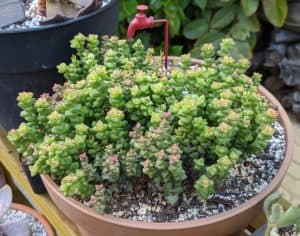
Crassula tom thumb succulent plants are very easy to propagate. I like to use the stem-cutting method. First, you’ll need a sharp knife or a pair of scissors. Cut a few inches off of a healthy stem, making sure there are at least two leaves on the cutting. Allow the cutting to callous over for a few days before potting it in well-draining succulent soil.
Water tom thumb plant lightly and wait for new growth! The best time to propagate is during the winter months when they are naturally dormant. Although these plants do not require much care they can be susceptible to spider mites which can easily be treated with diluted insecticidal soap.
The most common reason that your plant may turn brown is too much water so try not to overwater them! To get rid of bugs make a solution of half water and half distilled white vinegar in a spray bottle. Spray the solution on both sides of each leaf, paying close attention to any wilted or damaged ones first.
Crassula tom thumb care information
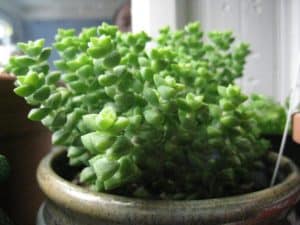
Crassula tom thumb succulents are easy to care for and require little water. When watering, be sure to soak the soil and then allow it to dry out completely before watering again. fertilize your crassula tom thumb succulent every two weeks during the growing season with a half-strength cactus fertilizer. Allow the plant to rest during the winter months by reducing watering and fertilizer.
Light requirement
Crassula tom thumb succulents require bright, direct sunlight for at least four hours per day. If you cannot provide this, they will need to be supplemented with artificial light. These plants do best in a south- or west-facing window. North-facing windows may also work well as long as the sun is not shining on the plant all day long.
Soil/potting mix
Crassula tom thumb succulents are not fussy when it comes to soil, but they do prefer a well-draining mix. A cactus or succulent potting mix will do the trick, or you can make your own by mixing one part perlite or sand with two parts of potting soil. Be sure to use a pot with drainage holes to prevent root rot.
Watering
Crassula tom thumb succulents are drought tolerant and only need to be watered about once a week. During the hotter months, you may need to water more frequently. Allow the soil to dry out completely before watering again.
When it comes time to water your plant, use warm or room-temperature water so that you don’t shock the plant. It is also important not to over-water your plants as this can lead to root rot and eventually the death of your plants.
Fertilizer
Fertilizing your Crassula Tom Thumb succulent is important to keep it healthy and growing. However, over-fertilizing can be just as harmful as not fertilizing at all. The best way to fertilize is to use a diluted, all-purpose fertilizer once a month during the growing season. Be sure to follow the package directions carefully and never fertilize a dry plant.
Temperature
The Crassula Tom Thumb is a succulent that does best in warm temperatures. It can tolerate some colds, but not for extended periods of time. If the temperature drops below 50 degrees Fahrenheit, the plant will start to experience stress.
This can manifest in the form of leaves dropping off or the plant becoming dormant. If you live in an area with cool winters, it’s best to grow Crassula Tom Thumbs indoors where you can control the temperature.
Humidity
Crassula tom thumb succulents are native to the dry, arid regions of South Africa. As such, they are adapted to survive in low-humidity environments. However, when grown indoors, these plants can suffer from too much or too little humidity.
The ideal humidity level for crassula tom thumb succulents is around 40 to 50%. If the air in your home is too dry, you can increase the humidity around your plant by placing it on a pebble tray or by using a humidifier.
Pruning
Crassulas are best pruned in the spring after they’ve flowered. To encourage bushier growth, cut back the stems by about one-third of their length. Make sure to use sharp, clean pruning shears to avoid damaging the plant. Crassulas can also be pinched back, which means removing new growth with your fingers. This will also promote bushier growth.
When to repot
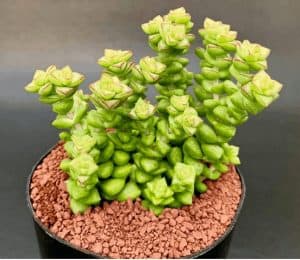
Repotting succulents is important to their health, but it’s not something that should be done too often. For crassula tom thumb succulents, repotting should be done every two to three years. The best time to repot is in the spring after the plant has had a chance to rest.
Be sure to use a well-draining pot and succulent soil mix. Use your fingers to loosen the root ball before removing it from its container. Place the new pot on top of the old one and gently spread out the roots, avoiding cutting or breaking them off.
Pour some of your succulent soil into the new container until you reach about 2 inches below the surface of the old container. Fill up with more soil until level with the top of the original container and tamp down firmly so there are no air pockets left around roots or crown.
Finally, water thoroughly before returning it to its usual location indoors or outdoors
Dormancy/Winter rest
During the winter months, your Crassula Tom Thumb will enter a state of dormancy. This means that it will stop growing and may even lose some leaves. Don’t worry, this is normal! Just make sure to reduce watering during this time and give your plant a little extra TLC.
Come spring, your Crassula Tom Thumb will be back to its old self in no time. You can start by gradually reintroducing water into your soil (add just an inch every week). And after that? You’re good to go with all the usual care routines you had before.
As always, watch for signs of over-watering or under-watering (or if any other symptoms arise). Keep up with regular cleanings as well — this goes without saying but I’ll say it anyway: don’t let your plant get too dry or too wet!
Crassula tom thumb flower & fragrance
The Crassula Tom Thumb is a small, succulent plant that produces white flowers. These flowers have a sweet fragrance that can be enjoyed by both people and pets. The plant is native to South Africa and can be found in the wild in rocky, sandy areas.
Growth rate
The Crassula Tom Thumb succulent has a fast growth rate. In ideal conditions, it can grow up to six inches per year. This succulent is perfect for those who want a fast-growing plant that is easy to care for.
Toxicity
Crassula tom thumb is not known to be toxic. However, as with all plants, it is best to err on the side of caution and keep them out of reach of children and pets.
USDA hardiness zones
Crassula tom thumb succulent thrives best in USDA hardiness zones 9b to 11. These plants have a reputation for being difficult to grow, but that is only because they need a lot of sun and warmth.
Pests and diseases
Crassula tom thumb succulents are relatively resistant to pests and diseases, but they can occasionally be affected by mealybugs, aphids, or scale insects. If you notice any of these pests on your plant, you can treat them with insecticidal soap or neem oil.
These succulents are also susceptible to root rot, so make sure to plant them in well-draining soil and water them only when the soil is dry. With a little care, your crassula tom thumb will thrive!
